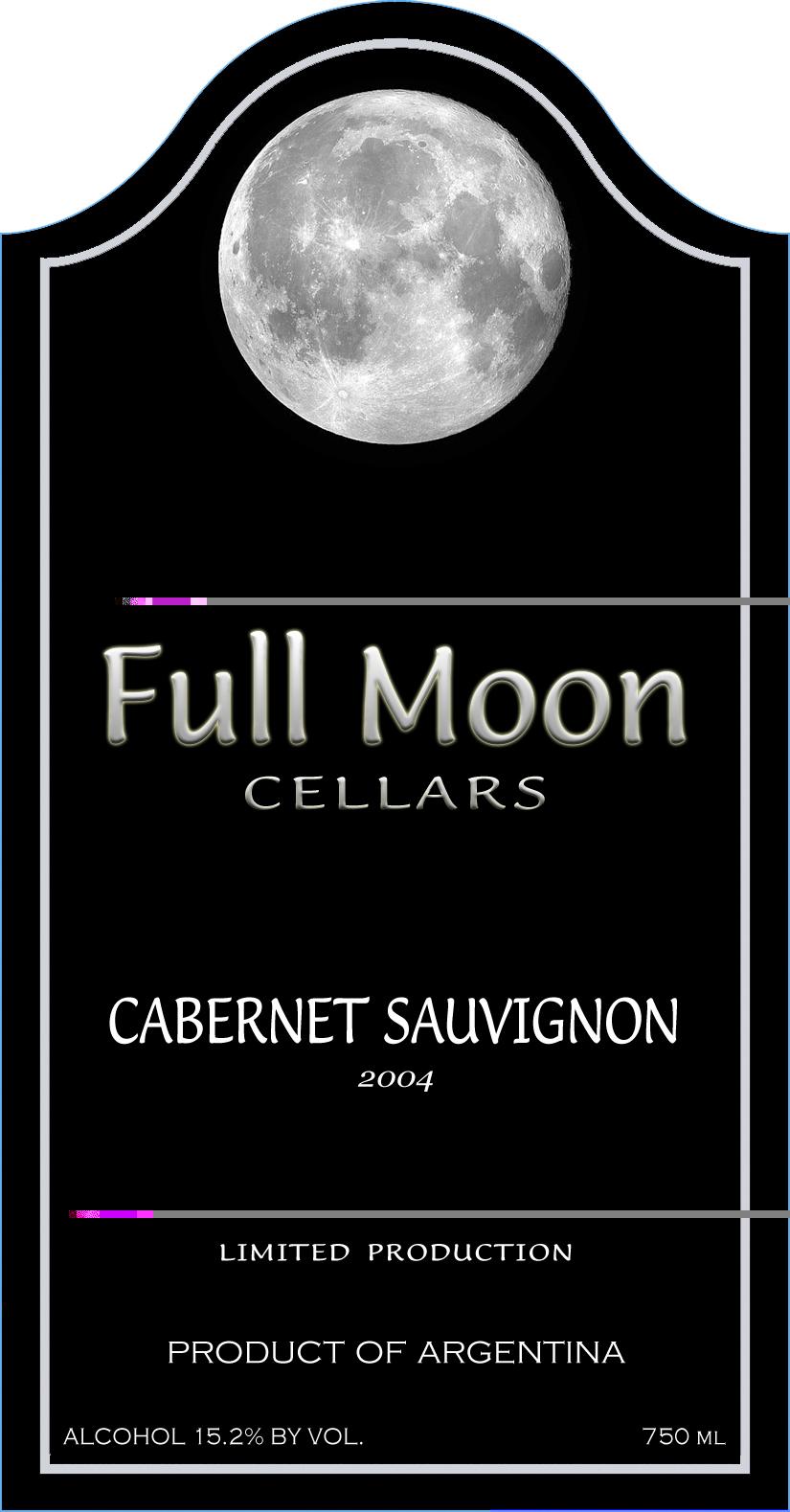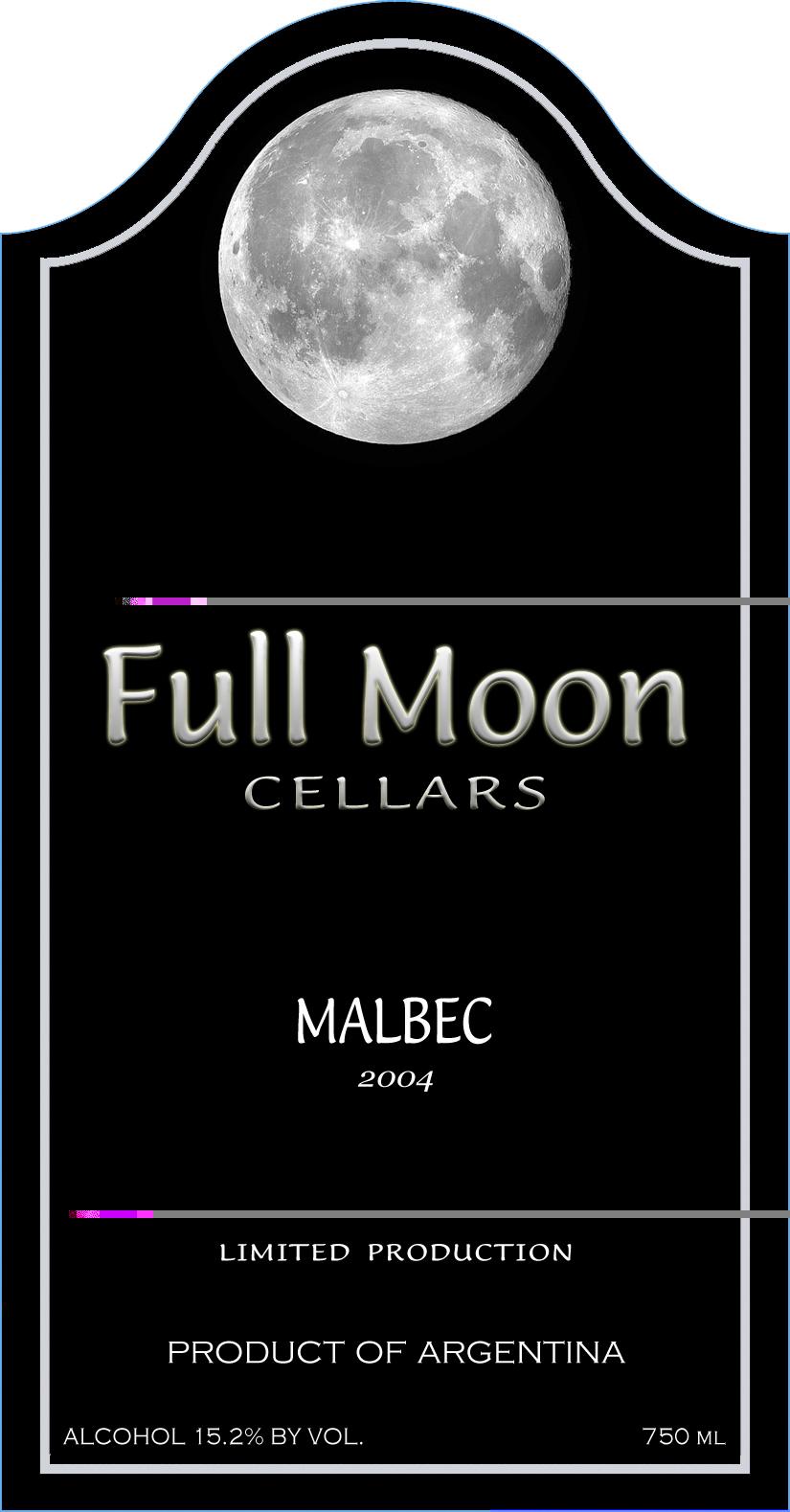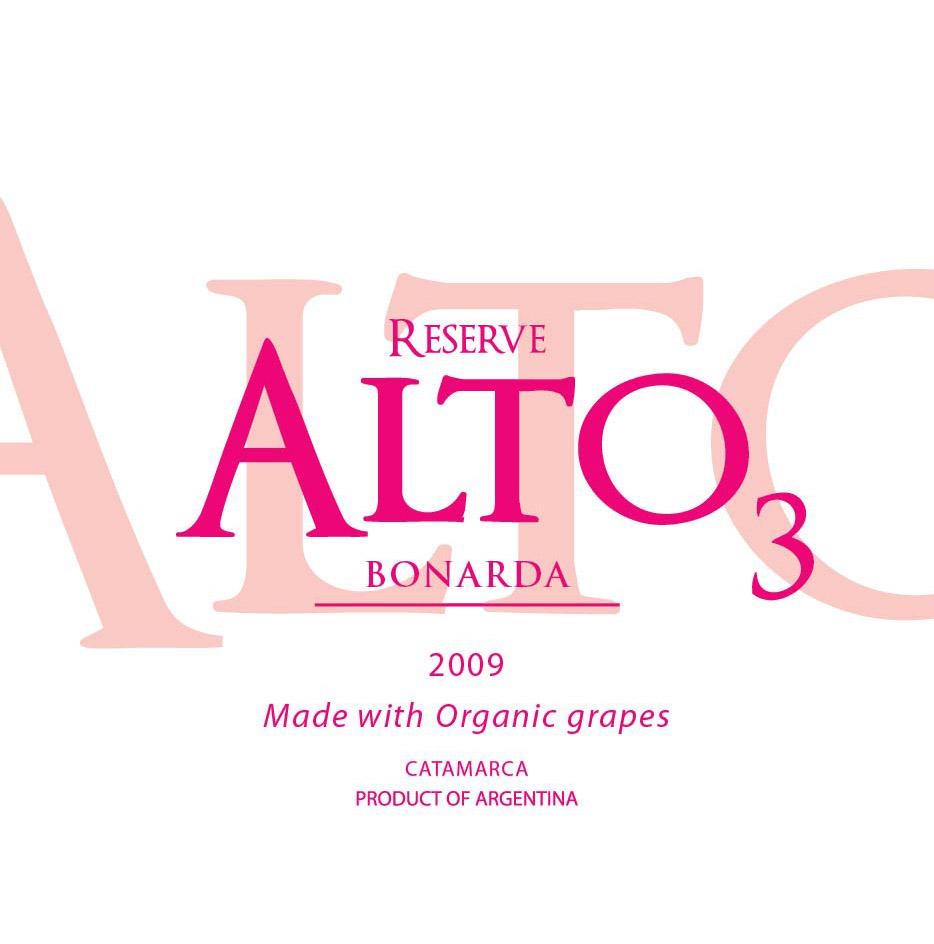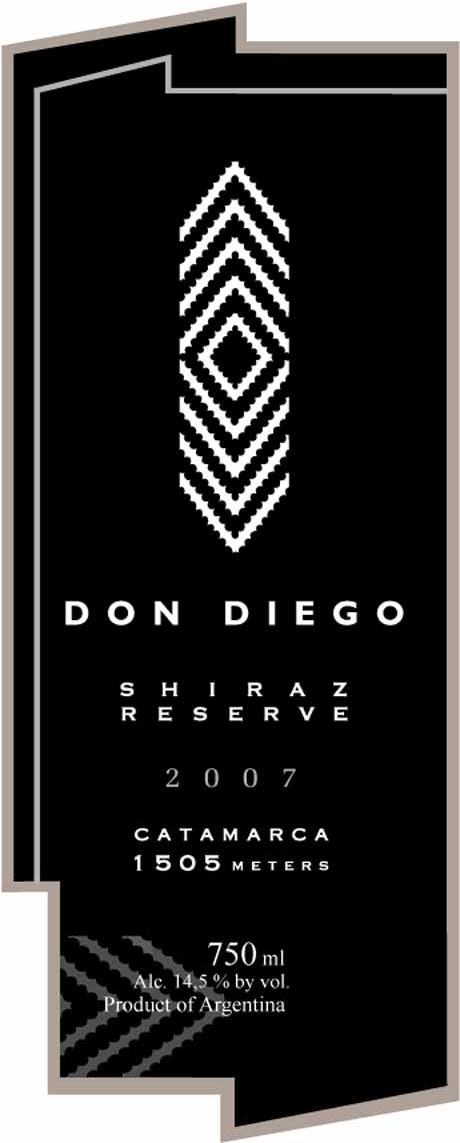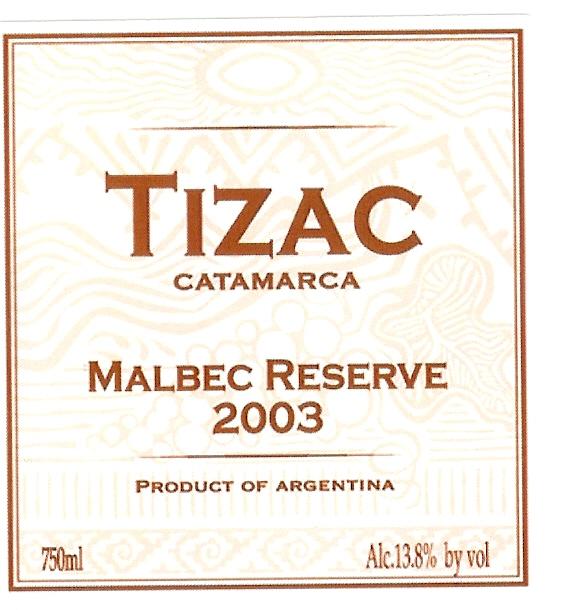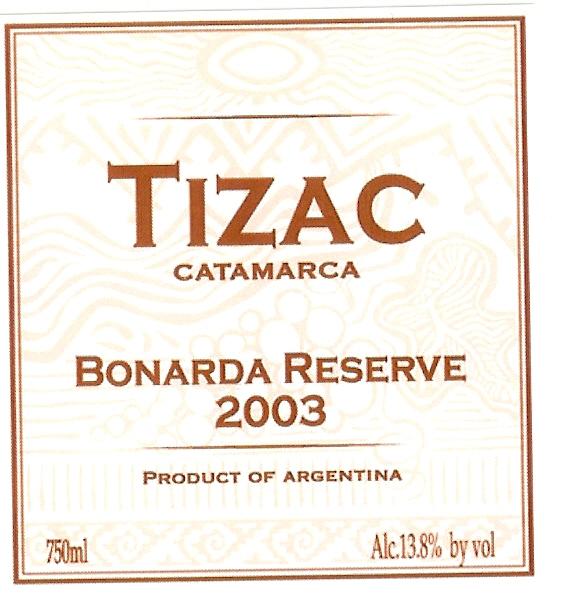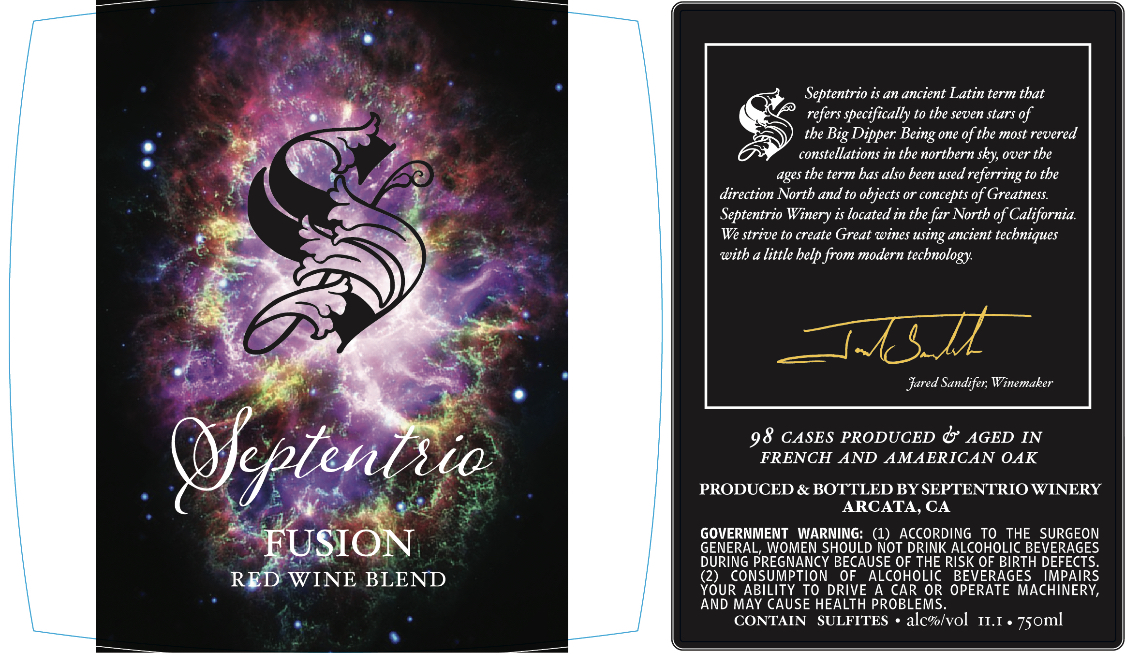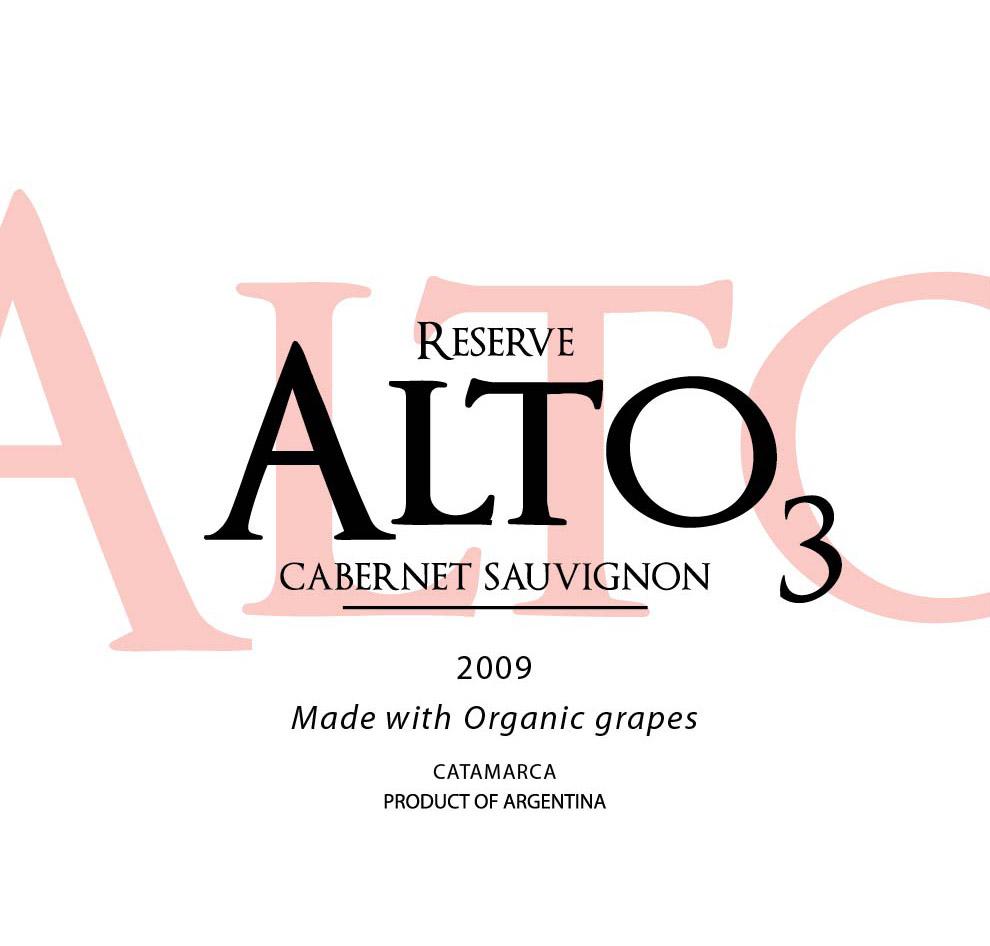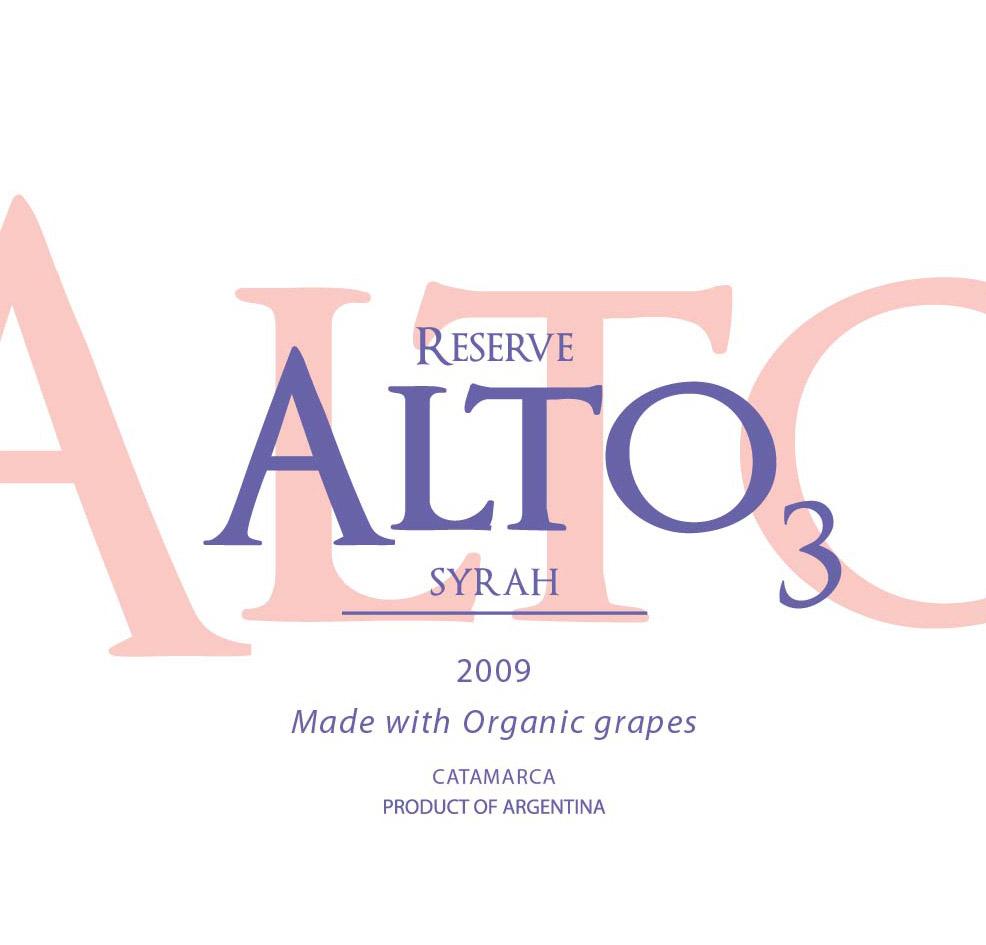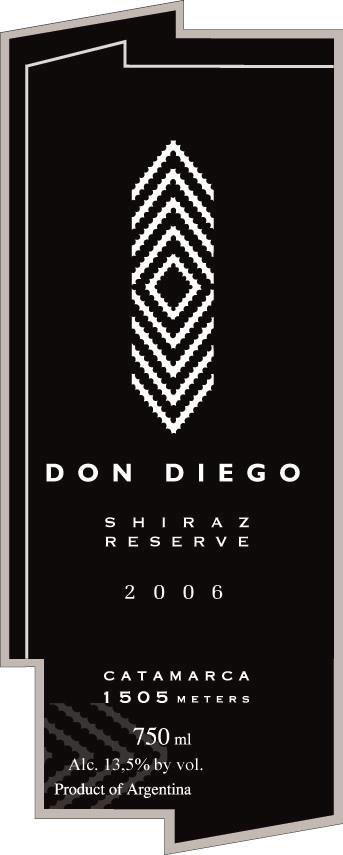Terroir of Catamarca
Catamarca, nestled in the Andean heights, offers a unique blend of continental and desert climates. Vineyards sit at elevations between 750 and 2,300 meters, benefiting from intense sunlight to ripen grapes while cool nights preserve their acidity. The region receives just 150 mm of rain annually, mainly in summer, but the dry air prevents mildew and rot, although frost and hail can be problematic.
The vineyards flourish in deep, alluvial soils of sandy loams and gravels, sometimes mixed with limestone. These low-fertility soils promote deep roots, boosting grape concentration and structure. Water management is vital, often using drip irrigation from snowmelt. Vines are trained using the parral method or vertical shoot positioning to suit different slopes and sun exposures. Windbreaks and netting shield against the drying Zonda winds and hail, protecting the area's unique varietals like Torrontés, Malbec, and Cabernet Sauvignon.
Notable Wineries in Catamarca
In the heart of Argentina's Catamarca, the wine journey unfolds along the Tinogasta–Fiambalá corridor, where small family estates and cooperatives flourish. These boutique wineries, often nestled among the Andean heights, craft wines that express the purity of high-altitude terroirs, focusing on grapes like Torrontés and Malbec.
-
Bodega Tizac: Known for its Torrontés, this winery encapsulates the aromatic intensity and vibrant acidity characteristic of the region’s whites.
-
Finca Don Diego: A small estate that embraces sustainable practices, producing Malbec with rich fruit intensity and smooth tannins.
These wineries invite visitors to explore their offerings through intimate tastings, often by appointment, presenting a genuine taste of Catamarca's high-altitude viticulture.
Sustainable Winemaking in Catamarca
In Catamarca, Argentina, sustainability is not just a trend but a necessity. The region's dry climate naturally reduces the need for chemical treatments, allowing growers to rely less on pesticides compared to wetter areas. To conserve precious water, drip irrigation is widely used, and many vineyards are transitioning to drought-resistant rootstocks.
Producers often embrace organic or biodynamic practices, even if they don't seek formal certification. They minimize herbicide use, apply composted manure, and enhance biodiversity with cover crops. Some remote wineries adopt solar energy and water recycling to cut down on resource consumption. These efforts reflect a commitment to crafting wines that honor their origin, while maintaining a low environmental footprint. In Catamarca, sustainability is about adapting wisely to the challenges of limited water and extreme conditions, ensuring the land continues to produce vibrant wines for generations to come.
Wine Tourism in Catamarca
In Catamarca, Argentina, wine tourism is gradually flourishing, set against the majestic Andean mountains. The region's unique climate and high-altitude vineyards offer a distinctive experience. Visitors can explore the Tinogasta–Fiambalá area, where tastings often come with stunning mountain views, and some vineyards serve as cozy guesthouses. The Santa María valley connects with the renowned Calchaquí wine trail, ideal for those also exploring Salta or La Rioja.
While infrastructure is less developed, tours are typically arranged by appointment, often combining winery visits with local attractions. These include the Fiambalá hot springs and regional festivals celebrating local wines like Torrontés and Malbec. Catamarca's wine tourism offers an off-the-beaten-path adventure, blending intimate vineyard experiences with breathtaking landscapes and a rich cultural tapestry.



